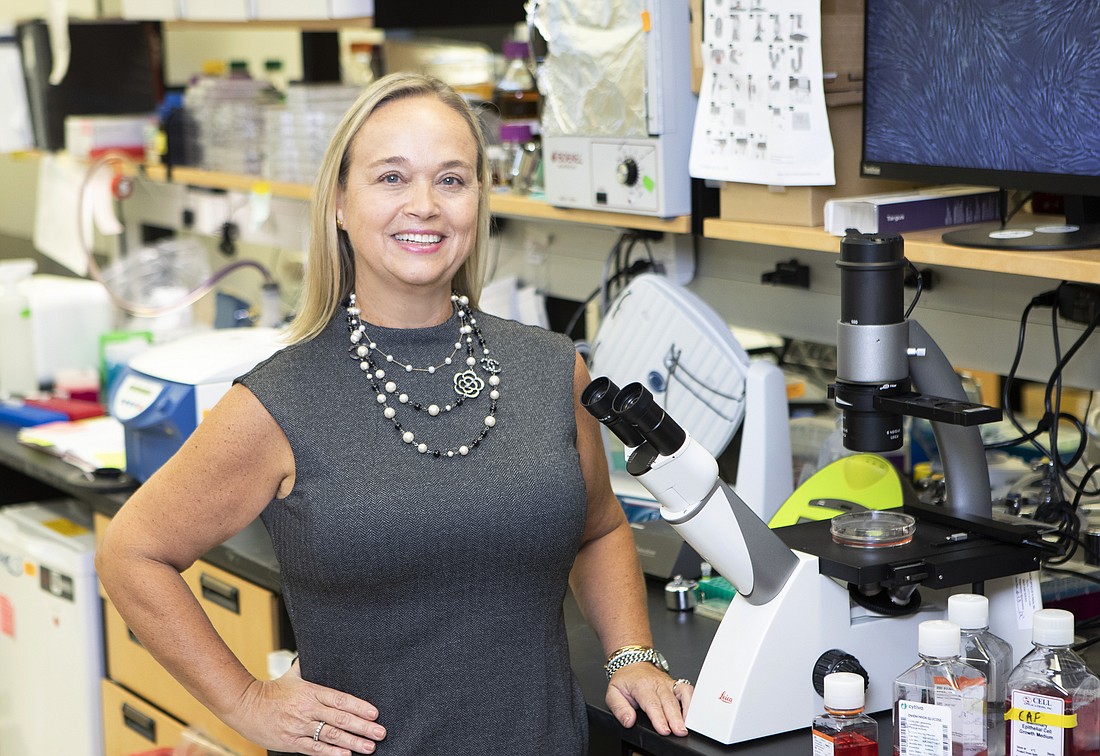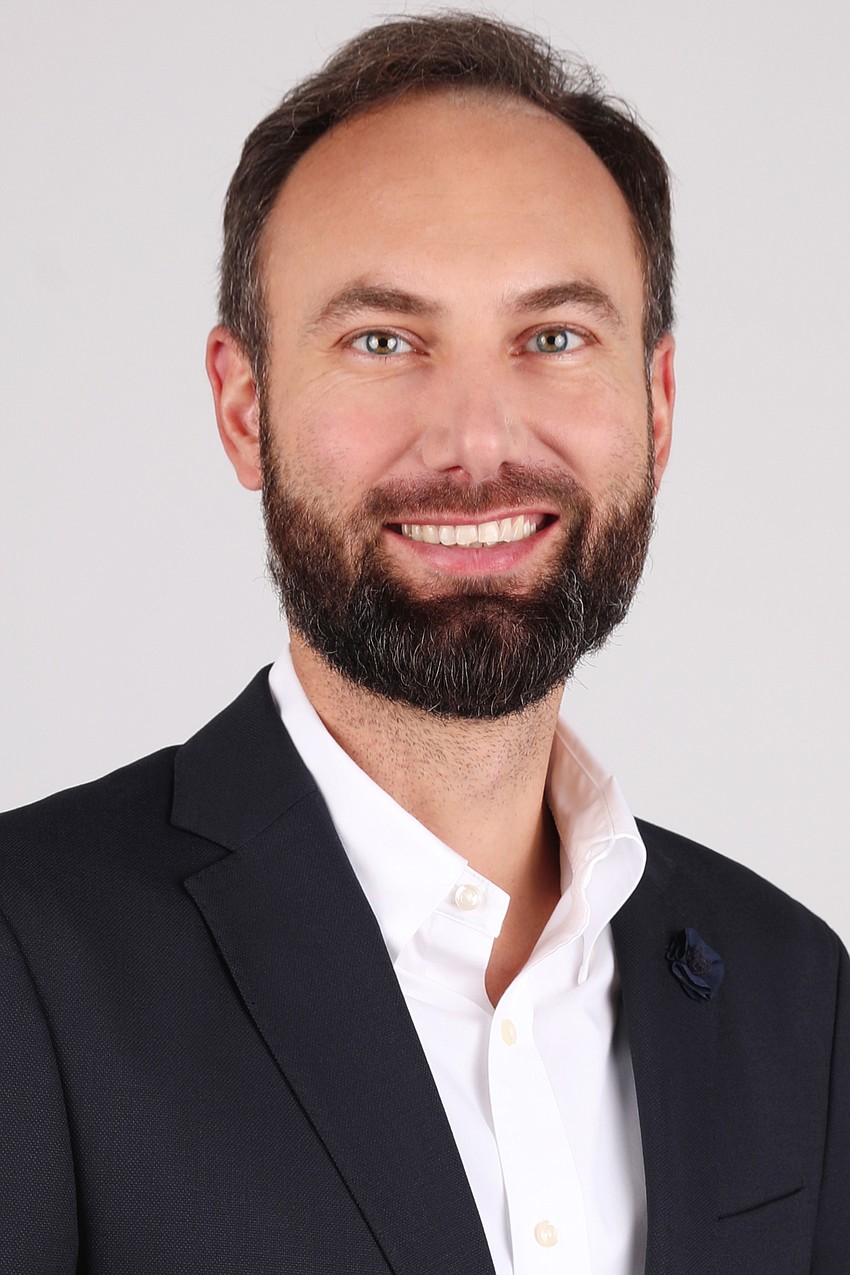- July 26, 2024
-
-
Loading

Loading

In M&A jargon, much is made of the term “synergy” and its many benefits, which are generally understood to include complementary strengths that improve but also diversify the organizations that are joining forces.
Sometimes, however, the best way to improve market share is to team up with someone who does what you do just as well, if not better — the “if you can’t beat ‘em, join ‘em” strategy, you could say.
That’s the philosophy behind the merger of OncoBay Clinical, a subsidiary of Moffitt Cancer Center in Tampa, and Clinscience, a clinical research firm based in Warsaw, Poland. Clinscience’s parent company, NEUCA Capital Group, has taken a majority ownership position in OncoBay, a boutique clinical research organization (CRO) that serves biopharma and biotech companies in their efforts to make advances in the areas of immuno-oncology and cellular therapy treatments designed to fight the most complicated and deadly forms of cancer.
“We provide everything from regulatory to preclinical support, helping customers get from concept into clinic,” says Krystyna Kowalczyk, OncoBay’s CEO and co-founder, “and that includes supporting them through the investigational new drug (IND) process, all the way through step operation, site engagement, data collection and ultimately reporting outcomes.”
OncoBay, Kowalczyk says, provides enormous value to clients because it has the capability to set up and run clinical trials of new drugs and therapies.
“We find the investigators, we work with them to make sure that patients are consented and treated properly, then we collect all that data, analyze it and then present it to the FDA.”
Founded in 2019, OncoBay has already become a profitable enterprise, generating more than $130 million in gross revenue to date, and it expects revenue to double in 2023 compared to ’22. So why take on the risk and inconvenience of trying to integrate with another, highly similar organization? Why not just open an office in Europe?
The answer boils down to two words: talent and time.
“This is a difficult market, for sure,” Kowalczyk says. “We are looking for highly specialized talent. We want staff with oncology expertise, research expertise and cell therapy experience, and that has been difficult. Staffing is tough for us.”
With regard to time, if OncoBay had embarked on a European expansion on its own, it would have needed at least 18 months, Kowalczyk estimates, to build out the necessary data management and biostatistical infrastructure, which “needs to be under one leadership team and sold as a single service, a single offering.” The merger with Clinscience, she adds, “allowed us to skip over that and focus on expanding our specific therapeutic expertise.”
Prior to the deal with Clinscience, OncoBay had 105 employees. Post-merger, that number shot up to 417, alleviating a major hiring headache for Kowalczyk and her team; however, the new combined organization will continue to put energy into workforce growth.
“This merger, because of the centralization of all functions, we believe we'll be able to expand our client base,” Kowalczyk says. “As we expand our client base, we will need more staff to make sure we can execute.”
Kowalczyk, according to the terms of the deal, will become CEO of the entire OncoBay/Clinscience organization (financial terms were not disclosed), but she won’t have to learn many new names and faces. That’s because the two organizations have been working hand in hand, more or less, for much of the past two years.

“We have worked together for so long that we feel like one organization,” says Tomek Dabrowski, CEO of Clinscience. “I need help finding fundamental differences.”
Dabrowski also serves as NEUCA Capital Group’s head of clinical trials, a role he’ll retain following the merger with OncoBay. He knew Kowalczyk prior to the launch of OncoBay and says the two of them discussed a possible merger years ago.
“About 50% of our trials have some kind of global component,” Kowalczyk says. “So, we leverage Clinscience’s presence and expertise in order to provide the global portions of our service. They also have a strong technology infrastructure and we were able to use them for biostatistical analysis, as well as some of their technology offerings. We went to our customers as a paired offering, really, from probably our first year.”
Merger talks became more serious in 2021 as the two organizations continued to work together on both sides of the Atlantic.
“Clinscience is providing technology, biometrics and data competencies to OncoBay,” Dabrowski says. “On the other hand, OncoBay has an exceptional leadership team of experts, U.S. market coverage, excellent relations with Moffitt Cancer Center and a strong sales team.”
According to Kowalczyk, “We fit together like a puzzle piece. There was no overlap. We filled each other’s gaps.”
Such an alignment, Dabrowski says, “is not common in today’s market regarding mergers.” Still, a merger of two distinct company cultures — one American, one European — was never going to be simple.
“Integrating companies is always the biggest challenge,” Dabrowski says. “The truth is that most mergers and acquisitions fail because of cultural differences and poor integration processes. Our clients deserve and expect one global and consistent organization, which is the outcome we want to deliver to the market together.”
To achieve that goal, the Clinscience and OncoBay leadership teams spent months planning out the merged organization’s structure and responsibilities. They met in person in Florida for a two-day workshop to determine whether the fit was good enough to warrant a major investment from NEUCA Capital Group.
Both teams agreed that a merger was the best course of action, as did Moffitt, Dabrowski says.
“Moffitt’s board and entire team were extremely supportive in this process,” he says, “and we succeeded because all companies were very engaged from the beginning.”
In addition to the pragmatic reasons for joining forces, Dabrowski and Kowalczyk say Clinscience and OncoBay were also philosophically aligned in the sense that they shared an entrepreneurial mindset and desire to disrupt CRO norms, that esprit de corps will help spur potentially life-saving innovations.
“We both (as companies and leaders) believe that the clinical research industry is stale and needs many changes,” Dabrowski says. “We can bring a new standard to the market through intelligent technology and data consistency.”
Kowalczyk says OncoBay was created to step outside “the traditional CRO paradigm” and engage with more community-based oncology sites, beyond the large academic institutions and Big Pharma companies that typically conduct high-profile drug trials. That approach allows more doctors and patients to participate in clinical research, and Kowalczyk says it aligns well with Moffitt’s patient-centric approach.
“We create opportunity for patients, not just with academic research centers, but also within their local community,” she says. “We're really proud of creating a project that really follows Moffitt's vision.”
OncoBay’s other big innovation, Kowalczyk says, is “what we call a ‘just in time’ opportunity. It allows any physician to participate in a trial, and within about two weeks of a request. So what that does is it opens up the the window of opportunity to any patient, anywhere, to participate in a clinical trial.”
That process is also disruptive in the fact that it can significantly speed up the time needed to prepare for a clinical trial.
“It can take anywhere from four months to a year for a large academic institution to get a site ready,” Kowalczyk says, “and we can do it in 14 calendar days. We're pretty excited about that change in paradigm.”